Expert Review
Renault Captur SUV (2019 - ) review
The Renault Captur is a small SUV that competes with popular cars like the Nissan Juke, Seat Arona and Hyundai Kona.

Words by: Ivan Aistrop

Additional words by: Auto Trader
Last updated on 5 September 2020 | 0 min read
The Auto Trader expert verdict:
4
Available new from £21,595
The Renault Captur is one of the most popular small SUVs on the market, and it’s easy to see why. It’s one of the most practical cars of its type, making it a good choice for buyers with a small family, while its exemplary comfort and impressive cabin quality also mark it out against rivals. Thoroughly recommended.
Reasons to buy:
- As spacious as small SUVs get
- Comfortable ride
- High-quality interior
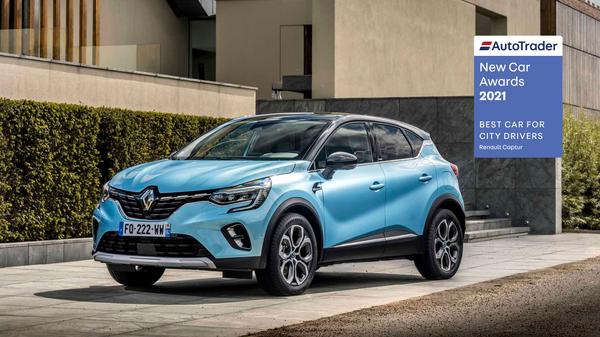
Running costs for a Renault Captur
Whichever petrol engine you choose you’ll get official fuel economy in the mid-40s. There are small fluctuations between them, but nothing that’s going to drastically effect your buying decision. That’ll come down to how much you want to spend on your car in the first place, how you want to fuel it and how much power you want.
The diesels, meanwhile, will get you almost 60mpg, but will cost you a good chunk more to buy. Running costs are broadly similar to those can expect with rivals such as the Kia Stonic, Hyundai Kona and Seat Arona.
A new plug-in hybrid version is now available and, while it costs more like for like, could offer significant savings on tax and fuel.
Expert rating: 3/5
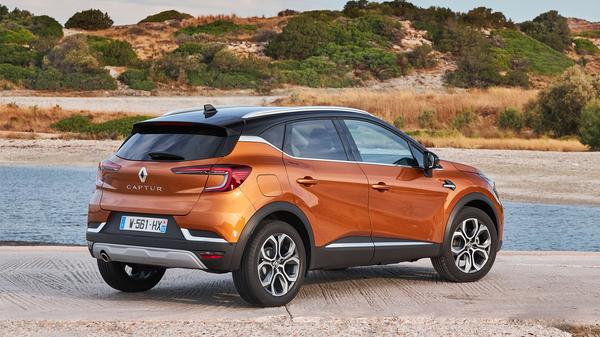
Reliability of a Renault Captur
Look at the JD Power Vehicle Dependability Survey, and you’ll find that Renault sits in the lower half of the table of manufacturers, behind the industry average, and has done for the past few years. However, read our owner reviews on the Captur as an individual model, and you’ll find that they make for much cheerier reading, with very few problems reported.
Warranty cover is among the best in the class, with cover for five years or 100,000 miles (whichever comes soonest), rather than the class norm of three years and 60,000 miles.
Expert rating: 4/5
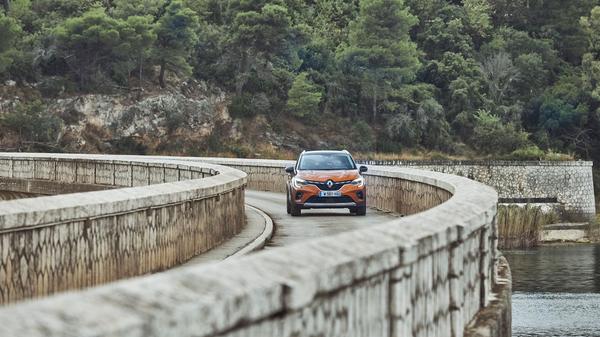
Safety for a Renault Captur
All versions of the Captur have the same basic level of safety equipment, which includes lane departure warning and lane keep assist as standard. Also standard is an automatic emergency braking system that can also detect pedestrians and cyclists, and you also get traffic sign recognition that alerts you if your speed is greater than stated on the signs you’ve most recently driven past.
If you go for the range-topping car, and you’re still prepared to pay extra, you can also add another optional system that combines adaptive cruise control with the lane keep assist function, effectively driving the car for you on the motorway, and in stop-start traffic, so long as you keep your hands on the wheel.
Expert rating: 4/5
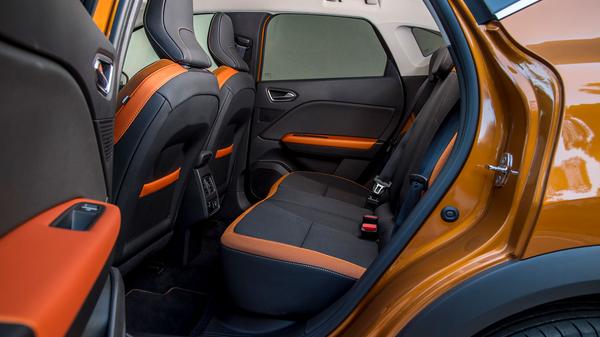
How comfortable is the Renault Captur
The Captur is one of the more comfortable cars in the small SUV class, and considering these are cars that are used to carry families, that automatically makes it one of the best. It gives you a smooth ride at all times, even on really poor roads.
The Captur is also one of the roomiest cars in the class, with loads of space in the back seats – more than in most rivals – and a really big boot. It’s 422 litres at its minimum, which already makes it one of the biggest in the class, and if you push the sliding rear seats as far forward as they’ll go, this jumps up to 536 litres. And, you can drop the rear seats completely for even more space, and they go pretty much flat, giving you a level load area.
Quality is another strong point for the Captur’s interior. The materials look and feel classy, and there’s an appealing mixture of colours and finishes. Whichever version you go for, you get a touch-screen infotainment system (the size of which depends on the grade of your car), and while it could be easier to navigate your way around, it looks good, with sharp graphics.
The driving position has lots of adjustment, but the small back window and thick rear pillars mean rear visibility isn’t all that great. All versions except the entry-level car have reversing sensors, however.
Expert rating: 5/5

Features of the Renault Captur
Even the Captur’s most basic trim level comes with most of the stuff that buyers will really want. Included as standard are things like automatic air-conditioning, alloy wheels, rain-sensing wipers, full LED headlamps, a leather-effect steering wheel, cruise control, four electric windows and a seven-inch touch-screen infotainment system with DAB, Bluetooth, Apple Carplay and Android Auto.
Upgrading to the next trim will also upgrade your infotainment system to support sat-nav, and it’ll also earn you rear parking sensors, keyless entry, two-tone paintwork and roof bars. Top-of-the-range cars have a larger touchscreen, front parking sensors, a reversing camera, faux-leather upholstery and automatic high-beam headlamps. There are also a range of interior and exterior styling packs to choose from and, depending on the trim level you opt for, you can also add extras such as wireless smartphone charging and a digital instrument panel.
Expert rating: 4/5
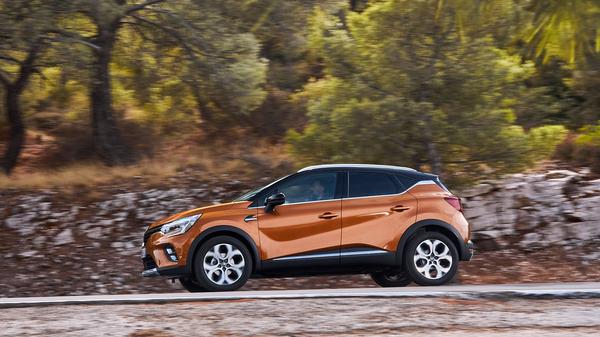
Power for a Renault Captur
The Captur is available with five conventional engines: three petrols and two diesels. There’s also a plug-in hybrid option. The diesels are both 1.5-litre units with either 95- or 115 horsepower, which we haven’t tried yet. Neither have we tried the entry-level petrol engine yet, a 1.0-litre three-cylinder turbo with 100 horsepower. We have, however, experienced the other petrols, both 1.3-litre turbos with either 130- or 155 horsepower.
The 130 will be fine for most people, provided they’re not in too much of a hurry. It’s nice and eager off the mark, so it doesn’t take much effort to get the Captur rolling along. The six-speed manual gearbox you get as standard could be smoother, but it’ll be fine for most people. Alternatively, you can specify the engine with an automatic gearbox instead.
The 155 comes with as the automatic gearbox as standard. It feels a bit stronger on the move, while both of these petrol engines are impressively smooth and quiet. The hybrid – which comes with an automatic gearbox as standard –has equivalent power but is significantly heavier so doesn’t feel especially brisk. For more on this model see here.
Expert rating: 3/5